Home>Storage Ideas>Kitchen Storage>Kitchen Garden Ideas: Easy Ways To Get Started


Kitchen Storage
Kitchen Garden Ideas: Easy Ways To Get Started
Modified: January 23, 2024
Discover easy ways to get started with kitchen garden ideas and maximize your kitchen storage with our practical kitchen storage ideas. Transform your kitchen into a functional and organized space.
(Many of the links in this article redirect to a specific reviewed product. Your purchase of these products through affiliate links helps to generate commission for Storables.com, at no extra cost. Learn more)
Introduction
Welcome to the world of kitchen gardening, where you can bring the joy of fresh produce right into your own home. Whether you have a spacious backyard or a compact balcony, creating a kitchen garden is a great way to add a touch of greenery and flavor to your daily meals.
Not only does a kitchen garden provide convenience and accessibility, but it also allows you to grow your favorite herbs, vegetables, and fruits without the use of harmful pesticides or chemicals. Plus, there’s nothing quite as satisfying as plucking a ripe tomato or snipping some fragrant basil right before adding it to your culinary masterpiece.
In this article, we will explore easy ways to get started with your own kitchen garden. From choosing the right location to harvesting your bountiful produce, we’ll cover all the essential steps to help you create a thriving and functional kitchen garden.
So, roll up your sleeves, grab your gardening tools, and let’s dive into the wonderful world of kitchen gardening!
Key Takeaways:
- Embrace the joy of kitchen gardening by choosing the right location, selecting suitable plants, and providing proper care. Enjoy the satisfaction of harvesting and utilizing your very own fresh and flavorful produce.
- Turn your space into a thriving kitchen garden by preparing the soil, troubleshooting common issues, and connecting with nature. Start small and gradually expand to create a beautiful and productive garden.
Choosing the right location for your kitchen garden
When it comes to the success of your kitchen garden, one of the most important factors to consider is the location. The right location can enhance the growth and productivity of your plants, while the wrong one can lead to disappointment and frustration.
Here are a few key considerations when choosing the right location for your kitchen garden:
- Sunlight: Most edible plants thrive in full sunlight, so it’s crucial to choose a spot that receives at least 6-8 hours of direct sunlight each day. Observe your outdoor space throughout the day to identify the sunniest areas and plan your kitchen garden accordingly.
- Access to water: Your kitchen garden will need a consistent water supply to keep your plants healthy and hydrated. Ideally, choose a location that is near a water source or easily accessible for watering.
- Soil quality: Take a look at the soil in your chosen location. The soil should be well-draining and rich in organic matter. If the soil in your chosen spot is poor, you may need to amend it with compost or other organic materials to improve its fertility.
- Proximity to the kitchen: Convenience is key when it comes to a kitchen garden. Choosing a location close to your kitchen will make it easier for you to step outside and harvest fresh herbs and vegetables while you’re cooking.
- Space availability: Consider the space you have available for your kitchen garden. If you have a large yard, you may opt for traditional raised beds or in-ground planting. If you have limited space, container gardening or vertical gardening can be great options.
By considering these factors and finding the right balance, you can create an ideal environment for your kitchen garden to thrive. Remember, the location you choose will have a direct impact on the success and productivity of your plants, so take the time to select the best spot before getting started.
Selecting the plants for your kitchen garden
Choosing the right plants for your kitchen garden is an exciting task that allows you to personalize your space and cultivate your favorite flavors. Before diving into the world of plant selection, consider the following factors:
- Climate: The prevailing climate in your region plays a significant role in determining which plants will thrive in your kitchen garden. Research the specific climate requirements of different plants and choose varieties that are well-suited to your local conditions.
- Space availability: Assess the space you have available and plan accordingly. If you have limited space, prioritize plants that are compact or can be grown vertically. Consider using hanging baskets, trellises, or planters to maximize your growing area.
- Seasonality: Different plants have different growing seasons. Decide whether you want to focus on cool-season crops like lettuce and spinach or warm-season crops like tomatoes and peppers. You can also mix and match plants to ensure a continuous harvest throughout the year.
- Herbs: Adding herbs to your kitchen garden can elevate your culinary creations. Popular herbs like basil, parsley, and rosemary are not only delicious but also relatively easy to grow. Choose herbs that you regularly use in your cooking to make the most of your kitchen garden.
- Taste preferences: Consider your personal taste preferences when selecting plants. If you’re a fan of spicy flavors, consider growing jalapenos or Thai chilies. If you enjoy fresh salads, opt for lettuce, cucumber, and cherry tomatoes.
- Growing difficulty: Some plants require more care and attention compared to others. If you’re a beginner gardener, start with easy-to-grow plants like radishes, salad greens, and herbs. As you gain experience, you can experiment with more challenging plants.
- Total yield: Consider the yield of the plants you choose. Some plants produce a high volume of crops, which can be great if you have a large family or enjoy preserving and canning. However, if you have limited space or don’t consume large quantities, prioritize plants with smaller yields.
Remember, the beauty of a kitchen garden is that it offers endless possibilities. You can choose plants based on your preferences, whether they are for cooking, snacking, or simply admiring. Don’t be afraid to get creative and try new varieties to make your kitchen garden a truly delightful and unique space.
Preparing the soil for your kitchen garden
The foundation of a successful kitchen garden lies in the quality of the soil. Preparing the soil properly will ensure that your plants have the right nutrients, drainage, and aeration to grow healthy and robust. Here are the steps to prepare the soil for your kitchen garden:
- Remove weeds and debris: Begin by clearing the area of any weeds, rocks, or debris. Weeds can compete with your plants for nutrients and sunlight, so it’s important to eliminate them before planting.
- Loosen the soil: Use a garden fork or tiller to loosen the soil in your designated area. This will improve drainage and create a loose, crumbly texture that allows the roots to penetrate easily.
- Amend the soil: If your soil is lacking in organic matter, amendments can help improve its fertility and structure. Add compost, well-rotted manure, or other organic materials to enrich the soil. These organic amendments will provide essential nutrients and enhance moisture retention.
- Test the soil pH: Testing the soil pH is crucial to ensure that it is within the optimal range for your plants. Most kitchen garden plants prefer a slightly acidic to neutral pH (around 6.0 to 7.0). You can use a soil testing kit or send a soil sample to a local extension service for analysis.
- Adjust the soil pH if necessary: Depending on the results of the soil pH test, you may need to adjust the pH. Adding lime can raise the pH if it’s too acidic, while sulfur or peat moss can lower it if it’s too alkaline. Follow the recommended guidelines for the specific amendments you need.
- Add nutrients: Depending on the specific nutrient requirements of your chosen plants, you may need to add additional nutrients. Incorporate a balanced organic fertilizer into the soil, following the package instructions for dosage.
- Mix and level the soil: Once you have added amendments and nutrients, thoroughly mix them into the soil. Use a rake to level the soil surface, ensuring it is even and free from clumps.
By following these steps, you will create a nutrient-rich and well-draining soil that provides an ideal environment for your kitchen garden plants to thrive. Remember, healthy soil is the key to healthy plants, so invest time and effort in preparing the soil before planting.
Start small with easy-to-grow herbs like basil, mint, and parsley. Choose a sunny spot, use good quality soil, and water regularly. This will give you a successful start to your kitchen garden.
Planting and caring for your kitchen garden
Now that you have chosen the perfect location, selected your desired plants, and prepared the soil, it’s time to start planting and caring for your kitchen garden. Follow these steps to ensure the success and productivity of your garden:
- Plan the layout: Before planting, plan the layout of your kitchen garden. Consider the spacing requirements of each plant and arrange them accordingly. Group together plants with similar water and sunlight needs.
- Planting seeds or seedlings: If you’re starting from seeds, follow the instructions on the seed packets for proper planting depth and spacing. If using seedlings, gently transplant them into the prepared soil, taking care not to damage the roots.
- Watering: Water your plants immediately after planting and establish a regular watering schedule. The frequency will depend on the specific plants and weather conditions. Keep the soil consistently moist, but be cautious not to overwater, as it can lead to root rot.
- Mulching: Apply a layer of organic mulch around your plants to conserve moisture, suppress weeds, and regulate soil temperature. Common mulching materials include straw, wood chips, or shredded leaves. Ensure the mulch is not touching the stems of the plants to prevent rot.
- Fertilizing: Regularly feed your plants with organic fertilizers to provide them with essential nutrients. Follow the instructions on the fertilizer package for proper dosage. Avoid over-fertilizing, as it can lead to excessive foliage growth at the expense of fruit production.
- Pruning and thinning: Regularly inspect your plants for any damaged or diseased leaves, stems, or fruits. Prune them promptly to maintain overall plant health. Additionally, thin overcrowded seedlings to provide adequate space for healthy growth.
- Weeding: Keep a vigilant eye on weeds and remove them promptly. Weeds can compete with your plants for nutrients and water, hindering their growth. Regular weeding will help maintain a healthy and thriving kitchen garden.
- Pest management: Monitor your plants for any signs of pests or diseases. Use natural pest control methods such as handpicking insects, using insecticidal soap or neem oil sprays, or introducing beneficial insects like ladybugs or lacewings. Practice good garden hygiene to minimize the risk of disease spread.
- Harvesting: As your plants mature, regularly harvest the fruits, vegetables, and herbs to encourage continuous production. Harvesting at the peak of ripeness will ensure the best flavor and quality.
By following these planting and care guidelines, you will create an environment that promotes healthy growth and a bountiful harvest in your kitchen garden. Remember to observe your plants regularly, adjust care practices as needed, and enjoy the satisfaction of growing your own fresh produce.
Read more: Easy Ways To Give Your Home Character
Harvesting and using the produce from your kitchen garden
One of the most rewarding aspects of having a kitchen garden is the ability to harvest fresh, flavorful produce right at your fingertips. Harvesting and using the fruits of your labor adds immense satisfaction to your culinary creations. Here are some tips for harvesting and utilizing the produce from your kitchen garden:
- Timing: Harvest your crops at the right time to ensure peak flavor and quality. Each plant has its own optimal harvesting window, so familiarize yourself with the specific guidelines for each crop. Some fruits and vegetables should be picked when fully ripe, while others are best harvested when still slightly firm.
- Tools: Use the appropriate tools for harvesting to avoid damaging the plants. A sharp pair of pruning shears or scissors works well for herbs and delicate greens. For larger fruits and vegetables, like tomatoes or squash, use a sharp knife or garden shears to carefully cut them from the plant.
- Harvesting herbs: Harvest herbs in the morning when their essential oils are at their peak. Cut leafy herbs, like basil or cilantro, just above a set of healthy leaves to encourage bushier growth. For woody herbs, such as rosemary or thyme, trim the stems as needed.
- Storing: After harvesting, handle your produce with care to maintain freshness. Remove any damaged or diseased parts and gently wash the produce if necessary. Store fruits and vegetables separately in breathable containers or bags in the refrigerator to prolong their shelf life.
- Utilizing the produce: Put your fresh produce to delicious use in your kitchen. Incorporate them into your favorite recipes, such as salads, soups, stir-fries, or pasta dishes. Experiment with different flavor combinations and get creative in the kitchen.
- Preserving: If you have an abundance of produce, consider preserving them for future use. Options include canning, pickling, freezing, or drying. Preserving allows you to enjoy the flavors of your kitchen garden all year round.
- Sharing and gifting: Spread the joy of your kitchen garden by sharing the harvest with family, friends, and neighbors. Surprise someone with a basket of freshly picked herbs or vegetables, and watch their faces light up with delight.
- Seed saving: For heirloom or open-pollinated varieties, you can save seeds from your best-performing plants to use in future seasons. Properly dry and store the seeds in a cool, dry place for long-term viability.
Remember, gardening is a continuous learning process, so don’t be afraid to experiment and discover new ways to enjoy the abundance of your kitchen garden. Embrace the satisfaction and flavor that comes from growing and utilizing your own fresh produce.
Troubleshooting common issues in kitchen gardening
While kitchen gardening is a rewarding and fulfilling endeavor, it can come with its fair share of challenges. However, with a proactive approach and some troubleshooting know-how, you can overcome common issues and ensure the success of your garden. Here are some common problems in kitchen gardening and how to address them:
- Pest infestation: Dealing with pests is a top concern for many gardeners. Keep a watchful eye for common garden pests like aphids, caterpillars, or snails. Use natural pest control methods such as companion planting, insecticidal soaps, or physical barriers to protect your plants.
- Disease management: Various diseases, such as fungal infections or bacterial diseases, can affect your plants. Prevention is key, so choose disease-resistant varieties, practice crop rotation, provide proper airflow, and avoid overwatering. Remove any infected plants promptly to prevent the spread of disease.
- Inadequate sunlight: If your plants are not receiving enough sunlight, they may become weak and leggy. Ensure that your kitchen garden is positioned in a spot that receives at least 6-8 hours of direct sunlight each day. Consider using reflective surfaces or mirrors to redirect and amplify sunlight to shaded areas.
- Poor soil quality: Soil that lacks nutrients or has poor drainage can hinder plant growth. Test your soil and amend it with organic matter, such as compost or well-rotted manure, to improve its fertility and structure. Regularly enrich the soil with organic fertilizers to provide essential nutrients to your plants.
- Overwatering or underwatering: Finding the right balance of watering can be tricky. Too much water can lead to root rot and fungal issues, while underwatering can cause stress and stunted growth. Monitor the moisture levels and adjust your watering schedule accordingly. Stick your finger into the soil to check the moisture level, and water deeply when the top inch feels dry.
- Weed control: Weeds compete with your plants for resources and can hinder their growth. Regularly pull out weeds by hand or use mulch to suppress their growth. Prevent weeds from going to seed to avoid a future weed problem.
- Lack of pollination: Some plants require pollination to produce fruit. If you notice a lack of fruit formation, it may be due to a lack of pollinators. Encourage pollinators, such as bees or butterflies, by planting colorful flowers nearby or consider hand-pollinating with a small brush.
- Improper spacing: Overcrowding plants can lead to poor airflow, increased disease susceptibility, and competition for resources. Follow the recommended spacing guidelines for each plant to ensure proper growth and yield. Thin out overcrowded plants if needed.
Remember, each garden is unique, and you may encounter specific challenges depending on your particular circumstances. Stay vigilant, observe your plants closely, and address issues promptly to maintain a healthy and thriving kitchen garden. Gardening is a journey of learning, so take each challenge as an opportunity to grow and improve your skills.
Conclusion
Creating a kitchen garden is a wonderful way to bring the joy of fresh produce and flavors into your own home. From the satisfaction of planting seeds to the excitement of watching your plants grow, tending to a kitchen garden is a rewarding experience that reaps bountiful rewards.
In this article, we explored the essential steps for starting and maintaining a thriving kitchen garden. We discussed the importance of choosing the right location, selecting suitable plants, preparing the soil, and providing proper care. We also touched on the joy of harvesting and utilizing the produce from your garden, as well as troubleshooting common issues that may arise along the way.
Remember, kitchen gardening is a journey that requires patience, observation, and continual learning. Embrace the opportunity to connect with nature, understand the needs of your plants, and discover the satisfaction of enjoying your very own fresh and flavorful harvests.
Whether you have a spacious backyard or a small balcony, there is always a way to create a kitchen garden that suits your space and preferences. Start small if you are a beginner, and gradually expand as you gain confidence and experience.
So, roll up your sleeves, get your hands dirty, and embark on the wonderful journey of kitchen gardening. With a little effort and dedication, you can create a beautiful and productive space where you can grow and savor the flavors of nature right at home.
Happy gardening!
Frequently Asked Questions about Kitchen Garden Ideas: Easy Ways To Get Started
Was this page helpful?
At Storables.com, we guarantee accurate and reliable information. Our content, validated by Expert Board Contributors, is crafted following stringent Editorial Policies. We're committed to providing you with well-researched, expert-backed insights for all your informational needs.
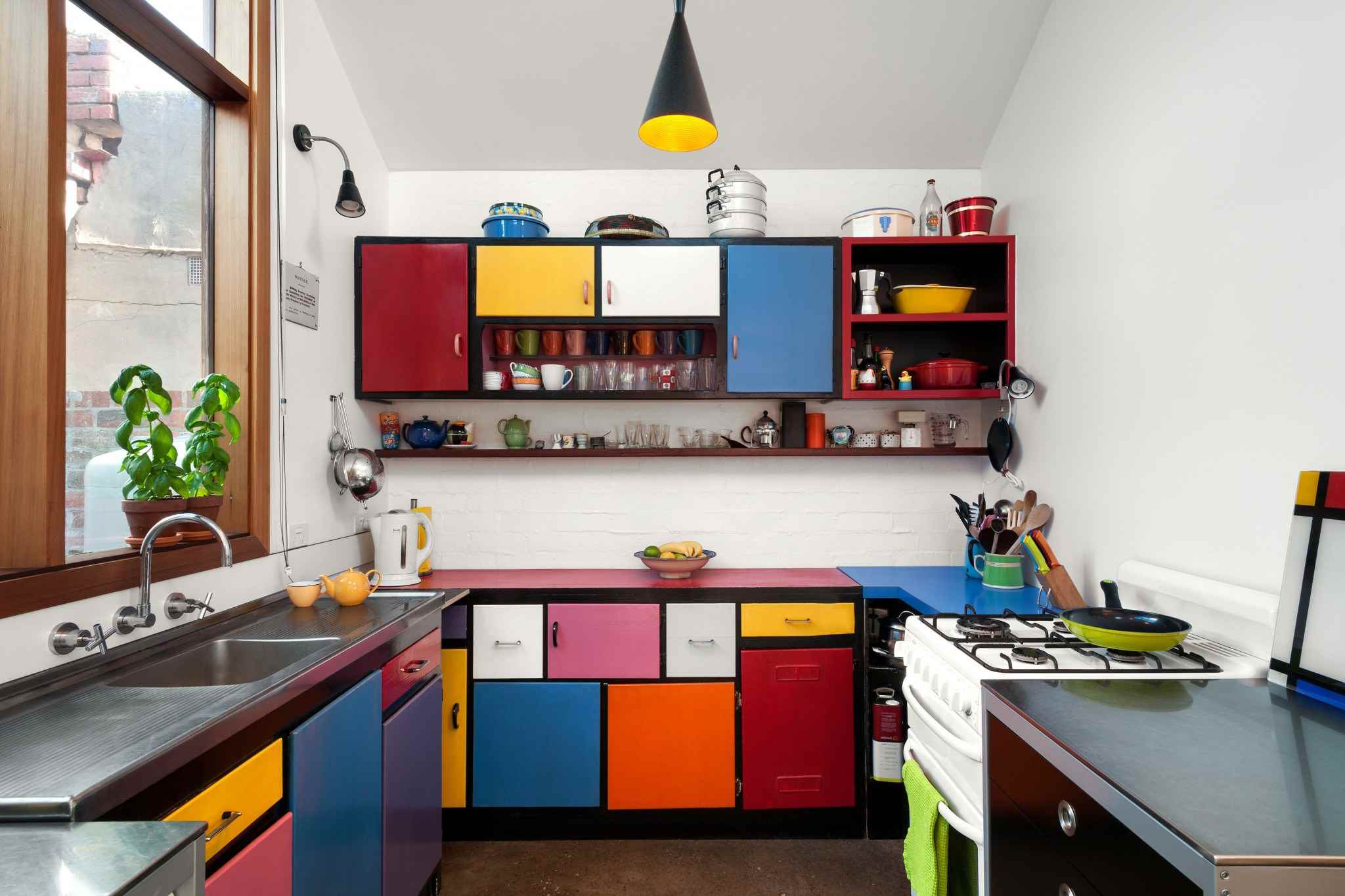


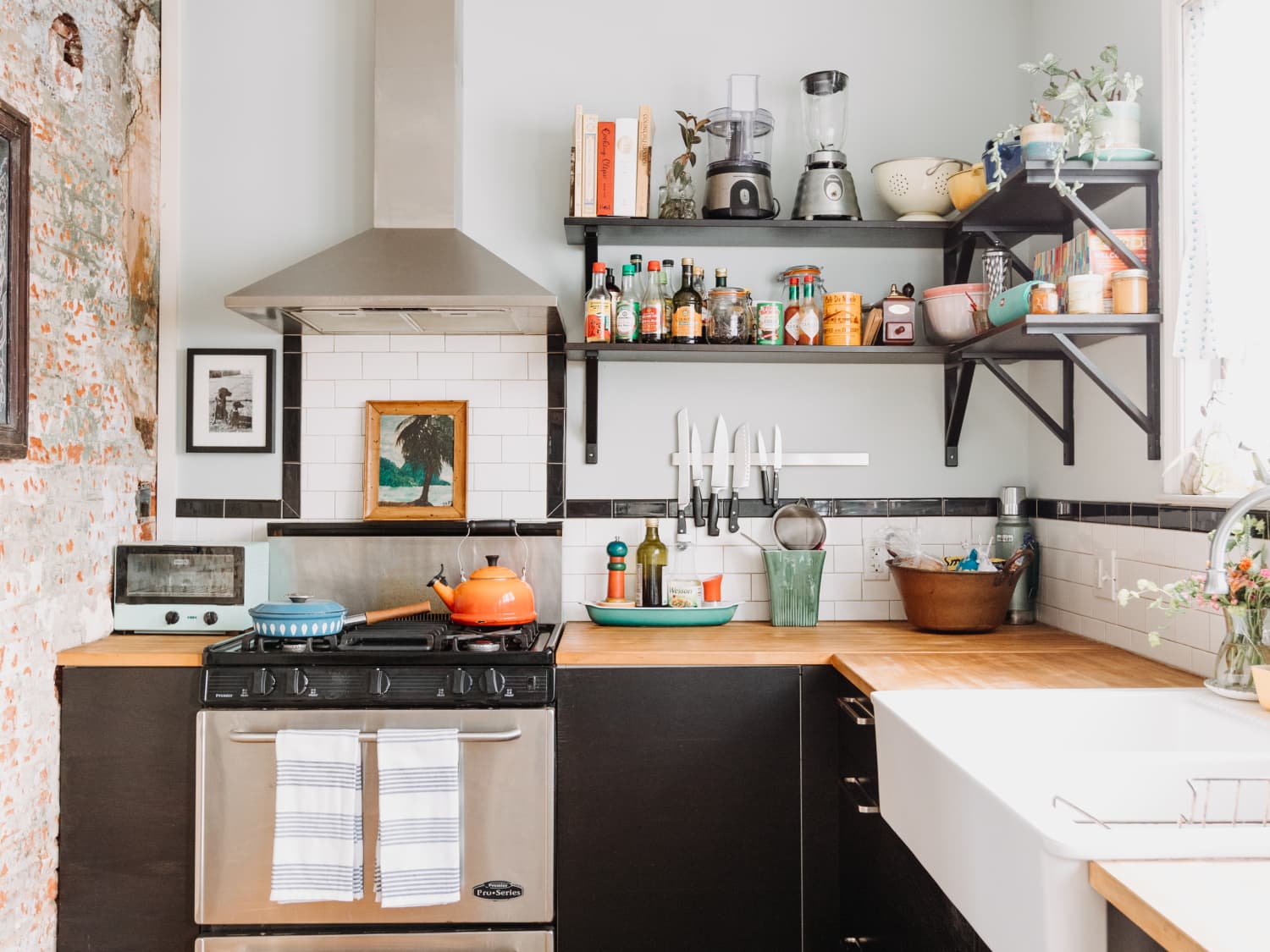

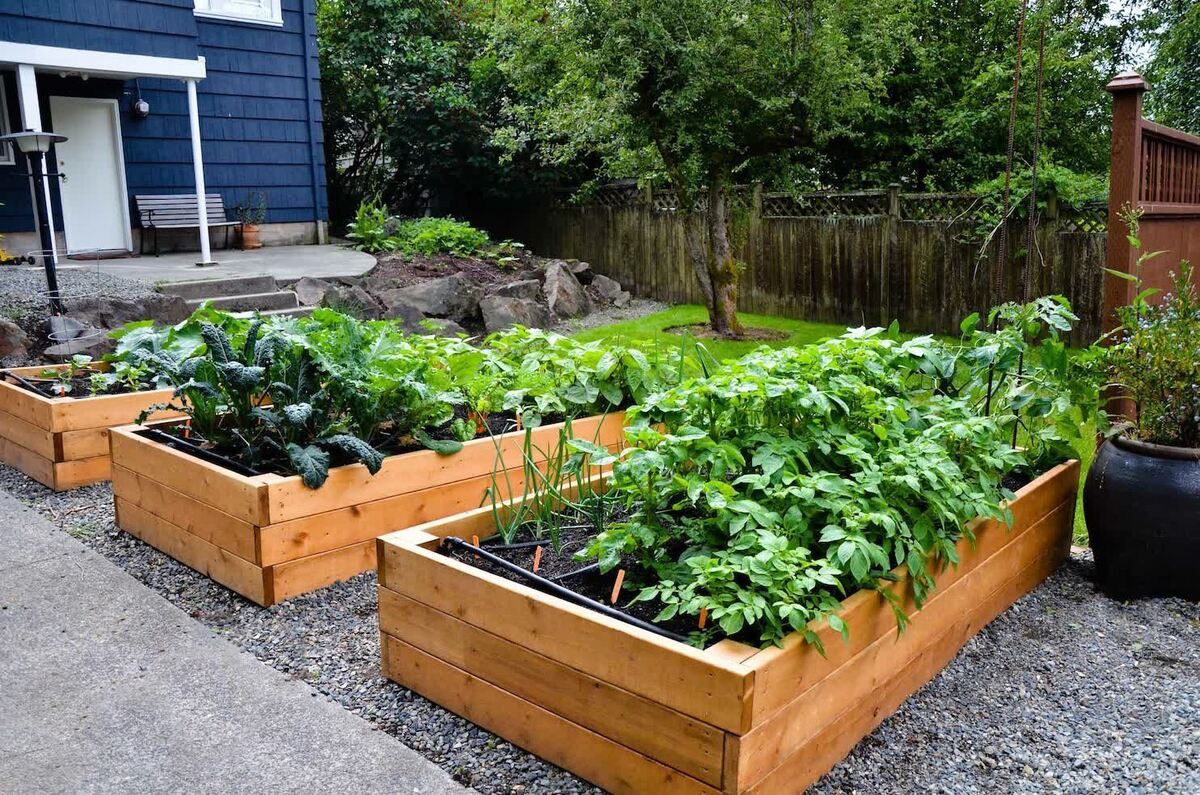


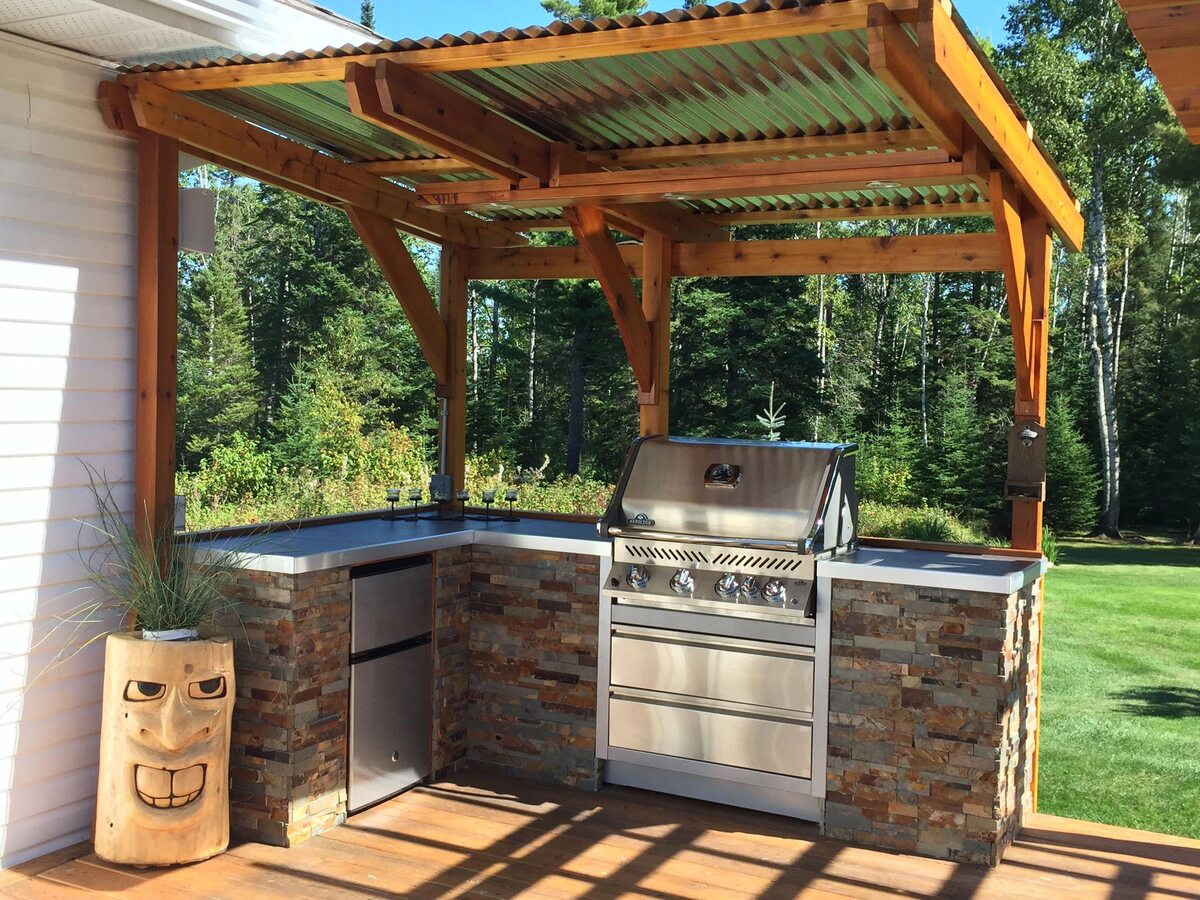
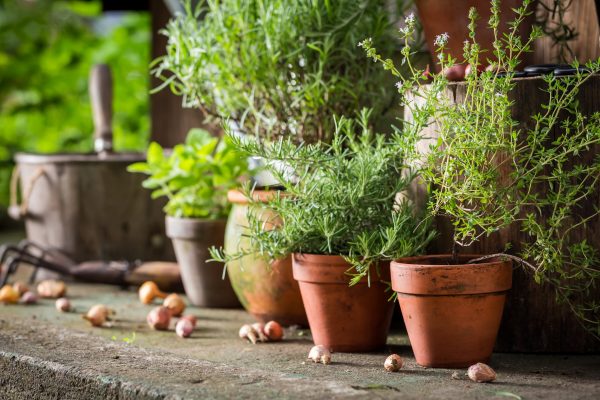



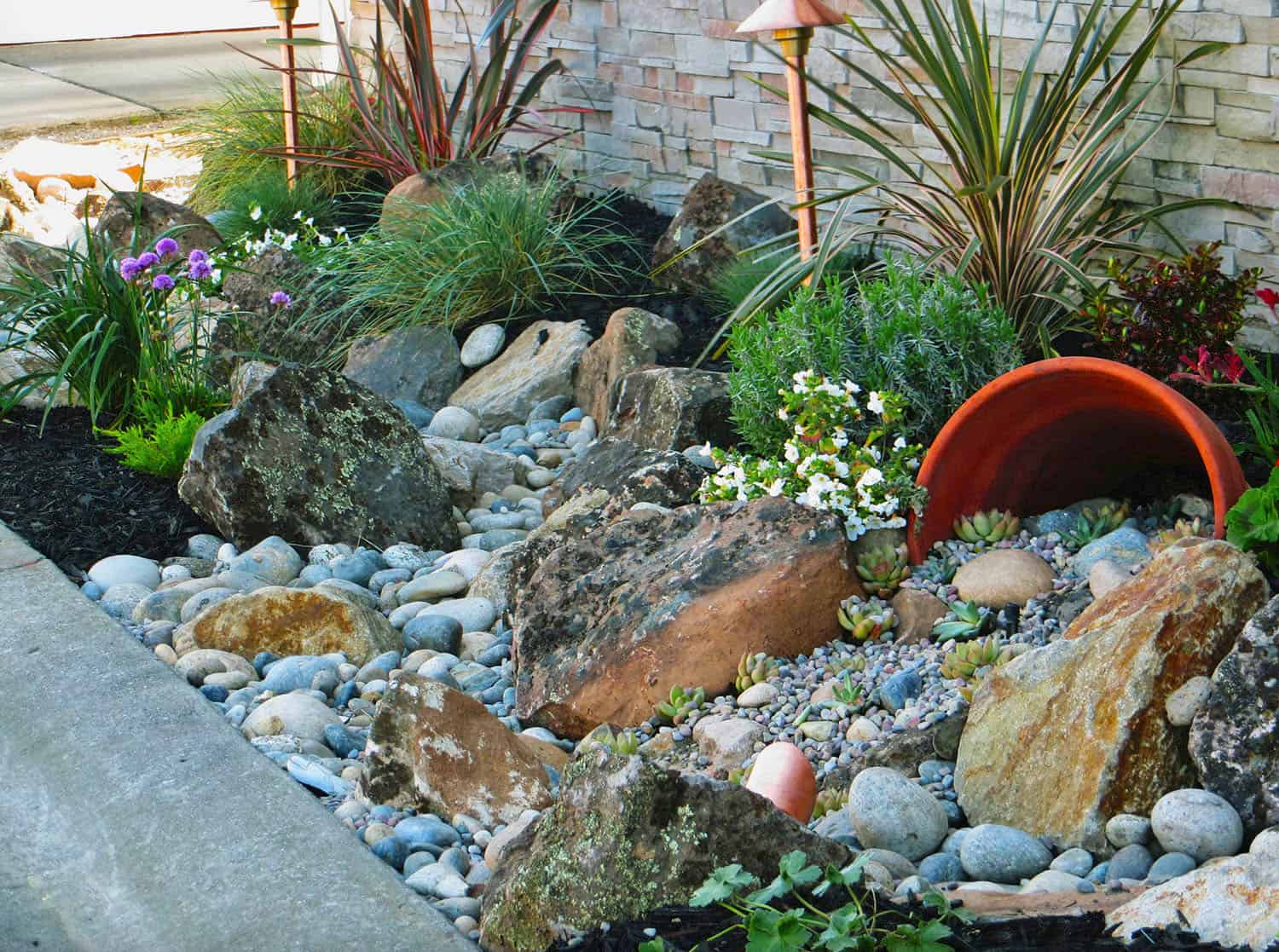

0 thoughts on “Kitchen Garden Ideas: Easy Ways To Get Started”